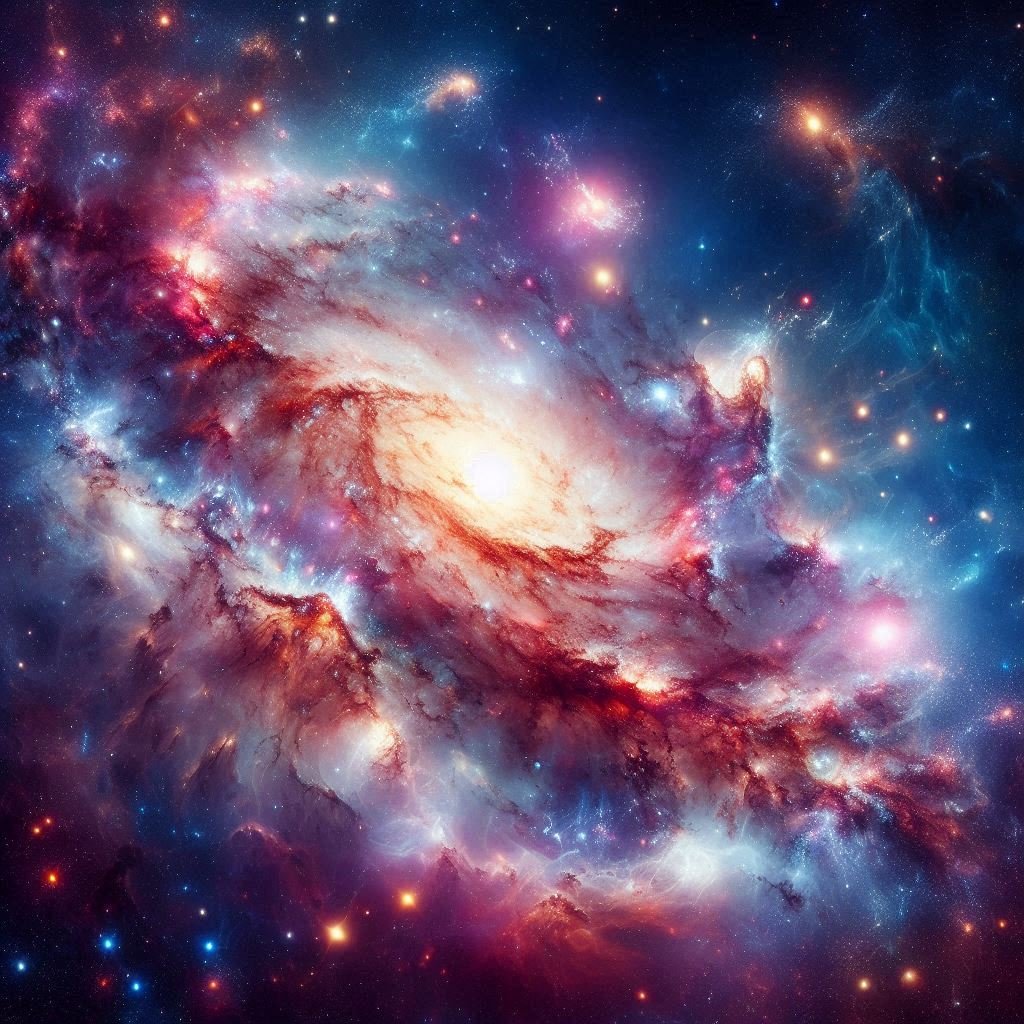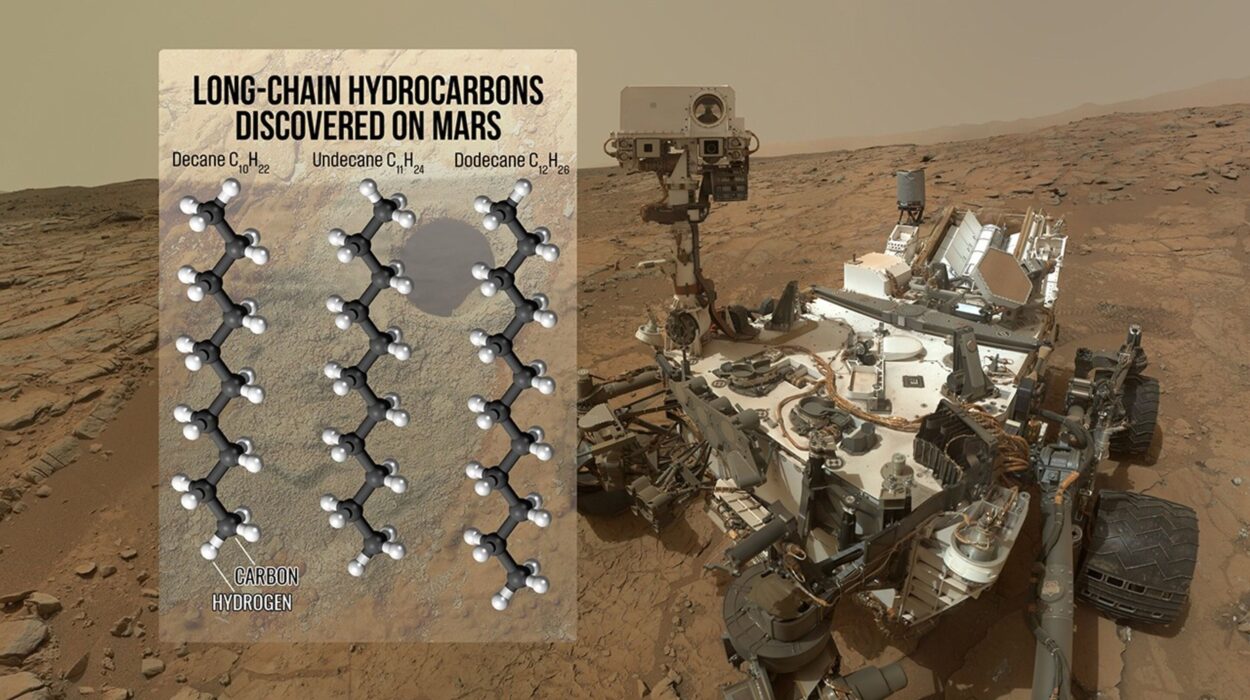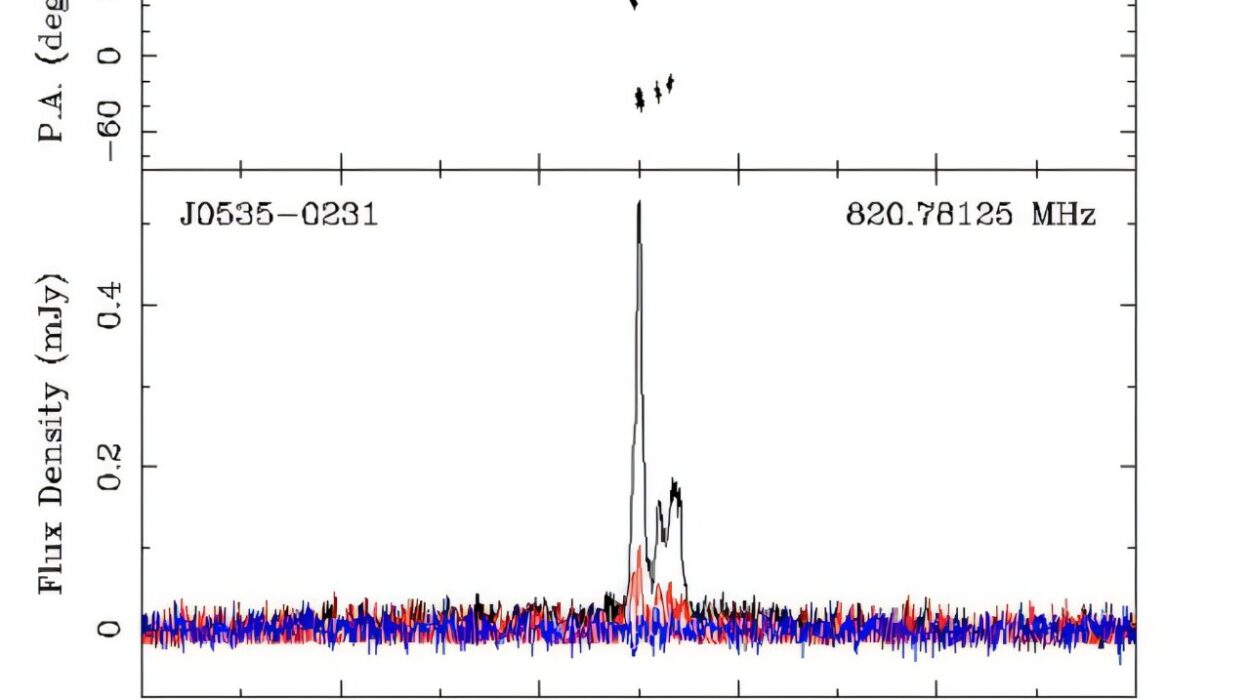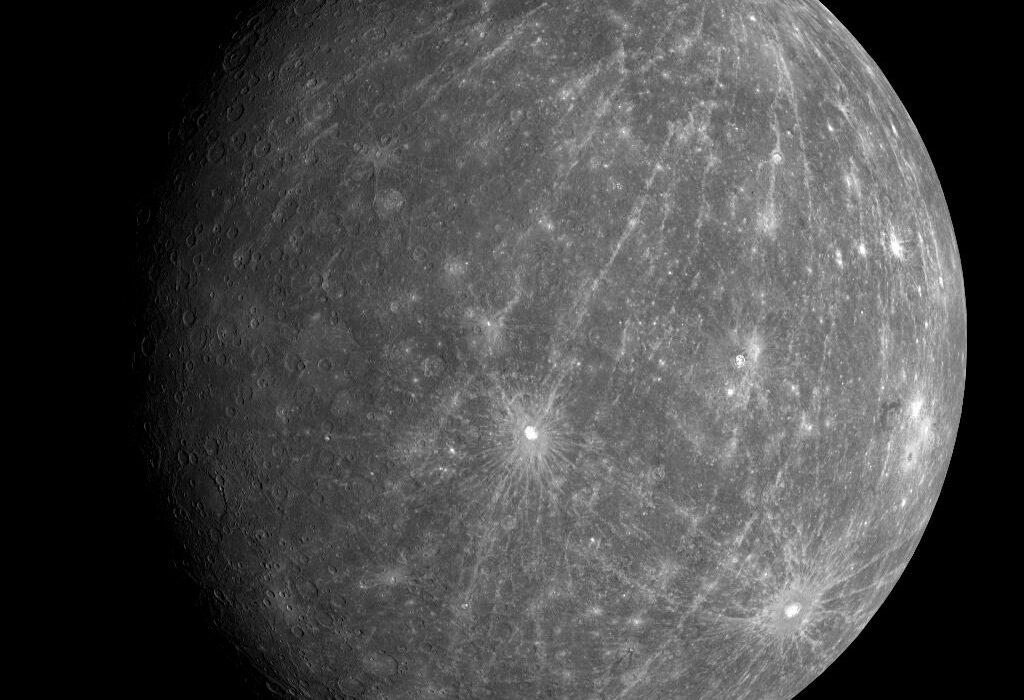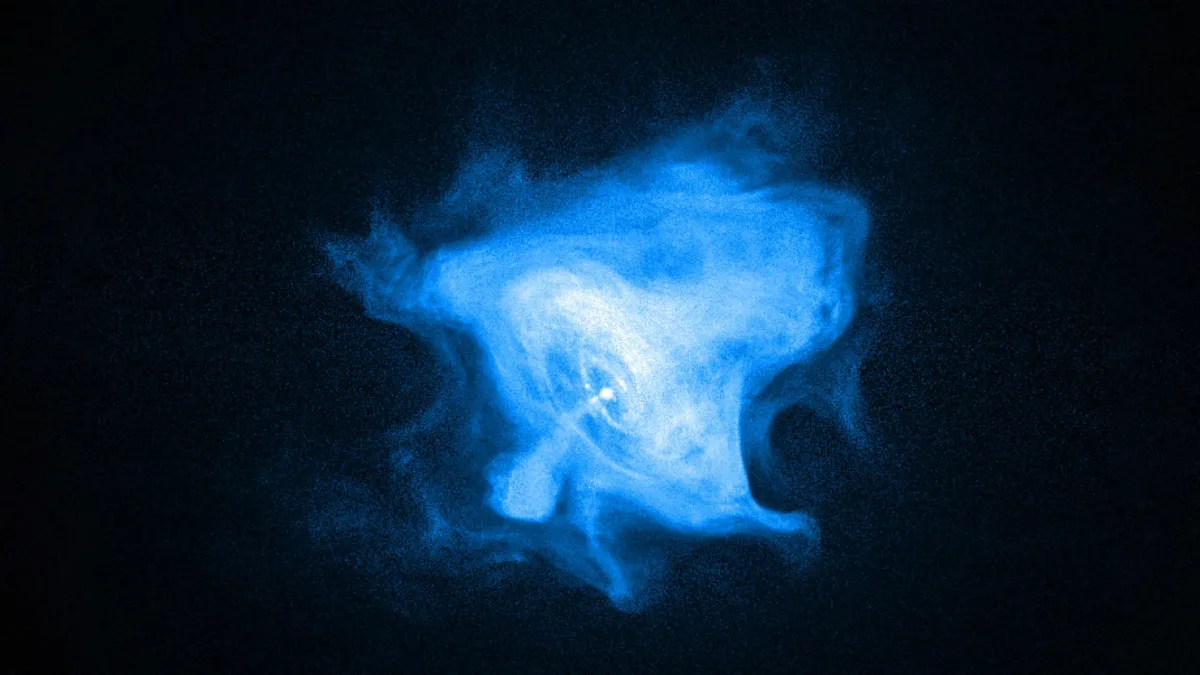The universe is an awe-inspiring, mind-boggling entity that has captivated humanity’s curiosity for centuries. But while we’ve made tremendous strides in understanding the cosmos, one question lingers: What lies beyond the observable universe? This profound inquiry touches upon the limits of our knowledge, the boundaries of our scientific understanding, and perhaps even the very nature of reality itself.
In this article, we will delve into the mysteries of the universe that extend beyond the observable limits. From the structure of the cosmos to the philosophical implications of what lies beyond, this journey will explore some of the most intriguing possibilities that stretch the boundaries of space and time.
The Observable Universe and Its Limits
Before we venture into the uncharted territories beyond the observable universe, let’s first understand the observable universe itself. The observable universe is essentially the region of space that we can see, detect, and study using current technology, particularly with telescopes like the Hubble Space Telescope, which has provided humanity with some of the most breathtaking views of distant galaxies.
The observable universe extends about 93 billion light-years in diameter. This means that we can observe galaxies, stars, and other celestial bodies whose light has had time to reach us since the birth of the universe, approximately 13.8 billion years ago. However, due to the finite speed of light, there are limitations to what we can observe. Light from distant objects takes time to travel, so when we look at these distant galaxies, we are essentially looking back in time.
However, there are several factors that constrain our observational limits. One of the most significant is the fact that the universe is expanding. This means that as light travels across space, distant objects are moving away from us, causing the light waves to stretch and shift toward the red end of the spectrum—a phenomenon known as redshift.
Additionally, the so-called “cosmic horizon” limits how far we can observe. Beyond this horizon lies a region of space that is effectively unreachable by light. This creates a boundary between the observable universe and the vast, uncharted regions that lie beyond it.
The Concept of the Unobservable Universe
While the observable universe represents the limits of what we can detect, the unobservable universe lies beyond those constraints. These are regions of space where light, or any other form of information, has not had enough time to reach us, or where the space itself has expanded so rapidly that no signal from these regions can ever reach us.
The concept of the unobservable universe is not just a theoretical abstraction but is supported by current cosmological models. The universe has been expanding since the Big Bang, and this expansion continues to accelerate due to dark energy. As a result, there are parts of the universe that are moving away from us faster than the speed of light. For these regions, the expansion of space means that even light traveling from them will never reach us. Essentially, these areas are causally disconnected from the observable universe.
The existence of such regions implies that the universe is vastly larger than the portion we can see. In fact, the observable universe could be just a tiny fraction of the entire cosmos. In a way, we are looking at only a small “window” into a much grander and more complex structure.
The Multiverse Theory: Infinite Universes Beyond Our Own
One of the most exciting possibilities for what lies beyond the observable universe is the idea of a multiverse. The multiverse theory proposes that our universe is not the only one, but rather, it is just one of an infinite number of universes that exist independently of each other.
There are several versions of the multiverse theory, each proposing different kinds of “other” universes. The most well-known version is the “Many-Worlds” interpretation of quantum mechanics, which suggests that every possible outcome of a quantum event actually happens in a separate universe. In this view, every time a quantum event occurs, a new universe branches off, creating an ever-expanding web of parallel realities.
Other versions of the multiverse theory include the “Bubble Universe” model, where each universe exists in its own bubble, and the “String Theory” multiverse, which arises from the mathematical framework of string theory. In these scenarios, our universe is just one bubble in an infinite sea of bubbles, each with its own distinct physical laws and constants.
While the multiverse theory is still highly speculative and difficult to test, it raises fascinating questions about the nature of existence and our place in the cosmos. Could there be other universes where the laws of physics are radically different from our own? Could there be universes where life has evolved in ways we cannot even imagine? These are some of the exciting possibilities that the multiverse theory presents.
The Large-Scale Structure of the Universe: Cosmic Web and Dark Matter
Beyond the observable universe, it is believed that the cosmos continues in a vast, interconnected structure. Astronomers have observed that the universe is not a uniform expanse but is instead organized into a large-scale structure, often referred to as the “cosmic web.” This structure consists of galaxies, clusters of galaxies, and vast voids of empty space, forming a vast, interconnected network of matter.
The cosmic web is made up of filaments of dark matter, a mysterious substance that does not emit light or interact with ordinary matter in any direct way but exerts gravitational influence. Dark matter is believed to make up around 27% of the universe’s mass-energy content, yet it remains invisible to us. It is the scaffolding upon which galaxies and galaxy clusters are built. Although we cannot directly observe dark matter, we infer its presence by studying its gravitational effects on visible matter.
Dark matter plays a crucial role in the formation and evolution of the universe. Without it, the cosmic web structure would not exist, and galaxies would not have the gravitational pull necessary to hold themselves together. Therefore, even though dark matter is not directly observable, it profoundly shapes the universe, influencing everything from the movement of galaxies to the formation of stars.
Beyond the cosmic web, the universe also contains vast regions of space where no galaxies or visible matter exist, called cosmic voids. These voids are some of the most mysterious areas of the universe, and scientists are still studying their properties. The existence of such large, empty regions hints at the complexity and scale of the universe beyond what we can see.
The Role of Dark Energy: Accelerating Expansion
Another critical factor in understanding what lies beyond the observable universe is dark energy. Dark energy is a mysterious force that permeates the universe and is responsible for its accelerating expansion. Since the late 1990s, observations of distant supernovae have shown that the universe’s expansion is not slowing down as previously thought but is, in fact, speeding up.
Dark energy is believed to make up around 68% of the total energy content of the universe. Despite its profound influence on the cosmos, we know very little about its nature. It seems to counteract the force of gravity, pushing galaxies apart at an ever-increasing rate. As the universe continues to expand, regions of space that are currently within our observable range will eventually be carried beyond the cosmic horizon, making them unobservable to future generations.
The accelerating expansion of the universe raises intriguing questions about the fate of the cosmos. Will the universe continue to expand indefinitely, eventually leading to a “Big Freeze,” where stars burn out and galaxies drift apart? Or will the expansion slow down, eventually reversing and leading to a “Big Crunch”? These are questions that scientists hope to answer in the future, and they may provide important insights into the ultimate fate of the universe and the regions beyond our current observational limits.
Philosophical Implications: The Infinite and the Unknown
As we explore the question of what lies beyond the observable universe, we inevitably encounter philosophical questions that challenge our understanding of existence. The vastness of the universe and the possibility of unobservable regions force us to confront the limits of human knowledge. Can we ever truly comprehend the entire scope of the cosmos, or are we forever limited by our perception and the constraints of time and space?
The concept of infinity is another profound idea that arises when we consider the universe beyond the observable. If the universe is infinite, then it contains an infinite number of stars, galaxies, and potentially even intelligent life forms. This raises fundamental questions about the nature of reality and our place in it. Are we just one of countless civilizations scattered across an infinite cosmos, or is our existence unique?
Furthermore, the possibility of a multiverse challenges our traditional understanding of the universe. If there are other universes beyond our own, what does that mean for the nature of reality? Are we living in a simulation, or is our universe just one realization among many in a larger, more complex system?
These philosophical questions are not easily answered, but they invite us to think more deeply about the nature of existence, the limits of human knowledge, and our place in the cosmos.
The Future of Cosmology: Technology and Discovery
The exploration of what lies beyond the observable universe is still in its early stages, and much remains to be discovered. With advances in technology, particularly in the field of astrophysics and space exploration, we may one day gain new insights into the regions of space that are currently beyond our reach.
Telescopes like the James Webb Space Telescope, which is designed to observe the universe in infrared light, have the potential to revolutionize our understanding of the cosmos. By peering deeper into space than ever before, these instruments may uncover new information about the early universe, the formation of galaxies, and the role of dark matter and dark energy.
Moreover, future space missions may allow us to explore distant regions of our own galaxy and beyond, giving us a closer look at other star systems and the possibility of habitable planets. As our technology improves, the boundaries of the observable universe will continue to expand, and we may one day find ourselves on the brink of discovering what lies beyond.
Conclusion: The Infinite Frontier
The question of what lies beyond the observable universe is one of the most profound and exciting inquiries in science and philosophy. While we may never fully understand the vastness of the cosmos, each discovery brings us closer to unraveling the mysteries of existence.
From the concept of a multiverse to the role of dark energy in the accelerating expansion of the universe, the possibilities for what lies beyond are as limitless as the universe itself. As we continue to push the boundaries of science and technology, the mysteries of the cosmos will only become more tantalizing, inviting future generations to explore the infinite frontier that lies just beyond the reach of our current understanding.
The quest for knowledge is a journey that may never end, but it is a journey that will continue to inspire wonder, curiosity, and awe.
